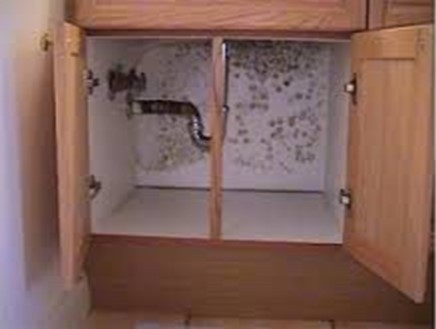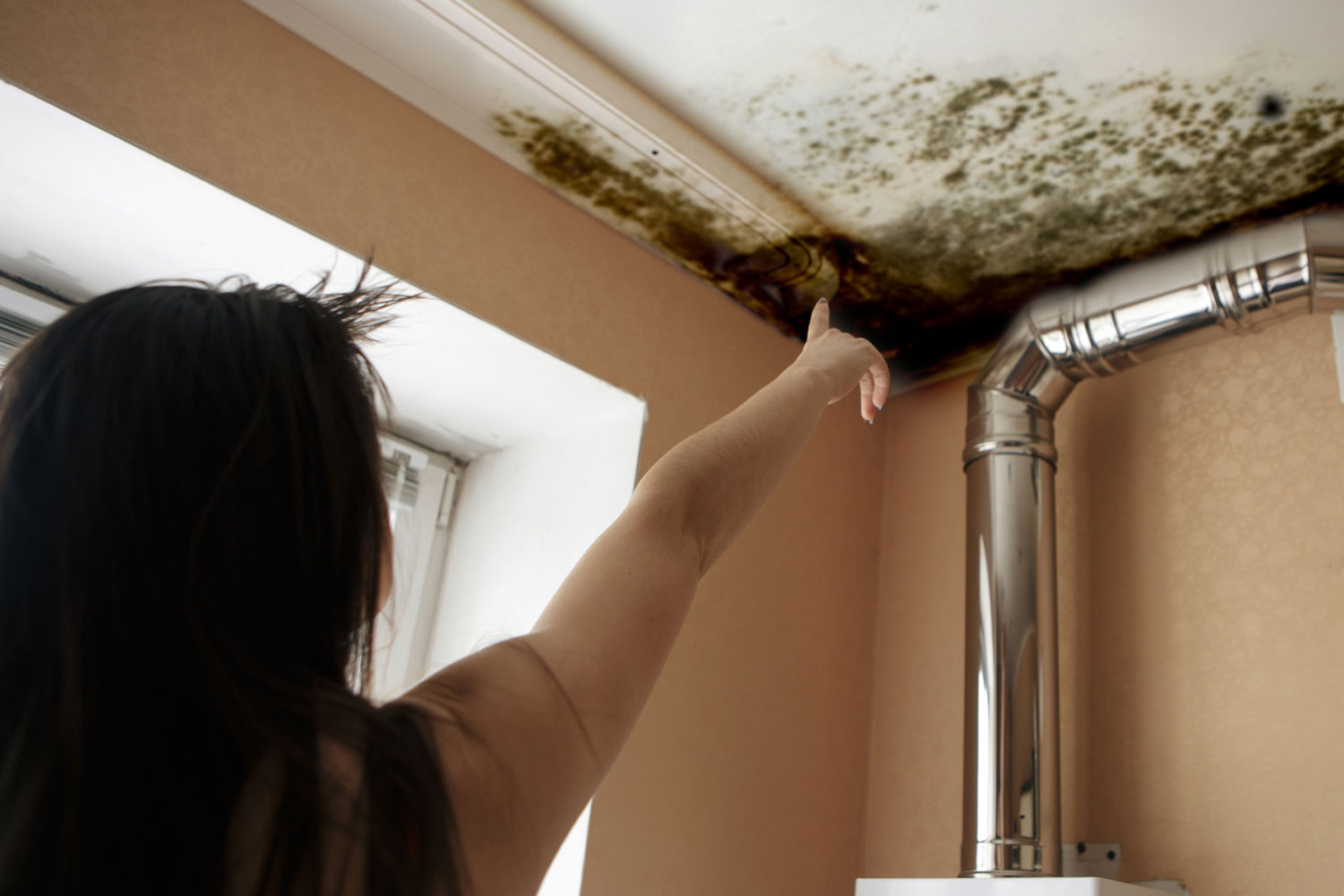Many types of mold can be hazardous to your family. The last place you need to find mold is in your kitchen. Because kitchens contain lots of humidity, moisture and heat, they can be excellent breeding grounds for mold. Between cooking, microwaving, washing dishes, and just hanging out, kitchens are the source of a lot of coming and going. They are usually the “heart” of the home.
Because of all of this kitchen activity and traffic, mold spores are constantly being introduced into this room. Mold spores are carried into the kitchen on our shoes, clothing, and packages. Also as a result of the moisture and humidity, there are many areas in a kitchen where mold can find to spot to grow.
Kitchen Surfaces That Mold Loves
Under the sink – there may be water leaks and drips and the area under the sink is kept dark because we all keep the cabinet doors closed. Also, many sinks are located on outside walls with a pretty view of the yard so we can see something other than the dishes when we are washing them. Being on an outside wall means that there may occasionally be condensation on pipes due to the temperature differential between cooler outdoor air and warmer indoor air.

Behind/under the refrigerator – icemaker leaks, condensation, and water dispensers can provide plenty of opportunities for mold to grow. Icemaker line leaks are a notorious problem. Moving the refrigerator in and out to clean provides a multitude of chances for the water line to be crimped or kinked and begin to leak. Dispensing water can be just asking for small spills and drips. Also as the refrigerator’s door seals age, they may begin to allow moisture to escape. It is common, especially on older machines, to see dark colored mold start growing along the door seals.
The dishwasher - having a water supply line and a drain line provides a dishwasher two places for a problem to develop. Also, once the dishwasher goes into its drying cycle it will release moisture in the form of steam. We’ve all seen this take place at one time or another.
Flooring around the sink – the flooring is constantly being splashed as dishes are washed or rinsed. Frequent wetting and rewetting can allow mold spores to settle there and grow. If your kitchen has a vinyl floor, the flooring usually ahs a paper backing. Mold loves paper when it is wet.
Behind countertop appliances and storage canisters – water can accidentally get there and might not be noticed. We usually don’t move these things every time we turn around. If some mold spores gather there, it remains dark or shaded, and we added a little moisture, a mold colony can begin to develop unnoticed until it is too late.
Prevention and Removal
Anytime you find mold in your kitchen or anywhere, it needs to be removed. To prevent mold you need to control moisture. Always use your exhaust fan when cooking or microwaving food. Mop up any spills as soon as they happen and constantly check faucets and under sinks for leaks or drips. Don’t hang wet or damp dishwashing rags or towels in the kitchen after you use them.
When mold is found in your kitchen, call a professional. At Water Mold Fire Restoration we have IICRC-certified mold remediation specialists ready and waiting to respond to your call for help. We answer our phones 24/7 and will respond quickly. Contact us at 800-905-0277 or email us at help@watermoldfire.net.








